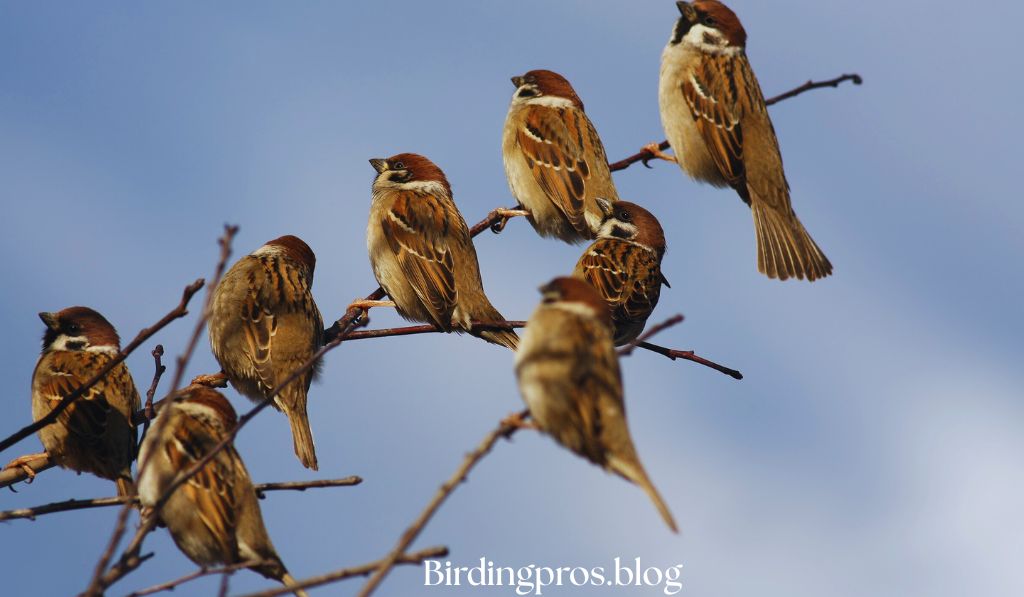In the large tapestry of Earth’s biodiversity, unusual birds stand out as some of nature’s maximum extraordinary treasures.
These elusive creatures, regularly hidden in some distant corners of our planet, captivate our imagination with their placing plumage, particular behaviors, and lamentably, their scarcity.
The listing of rare birds around the world continues to adapt as conservation efforts struggle towards habitat destruction, climate exchange, and human encroachment.
From the flightless Kakapo of New Zealand to the colorful Spix’s Macaw that inspired the lively movie “Rare Birds Movie” character Blu, those avian wonders constitute each the fragility and resilience of our herbal global.
As we mission into 2025, information about these stunning unusual birds will become increasingly essential – not best for birdwatchers and ornithologists, but for everybody worried with retaining the rich style of lifestyles on our planet.
This whole guide explores the charming worldwide of rare birds, examining their habitats, behaviors, the stressful situations they face, and the heroic conservation efforts running to ensure their survival for future generations.
The fascination with unusual birds transcends mere clinical interest – it touches something primal inside the human spirit. These creatures, with their ephemeral presence and outstanding variations, talk to our experience of marvel approximately the herbal international.
Table of Contents
ToggleThe Psychological Appeal of Rarity
Rare birds keep a special area in human cognizance. Their shortage creates a nearly magical pleasant – glimpsing one becomes a treasured memory, a story to inform.
Beautiful rare birds just like the Quetzal with its lovely tail or the Philippine Eagle with its enforcing presence cause a sense of awe few specific creatures can be healthy.
This mental draw has fueled bird watching as an international passion, with lovers touring loads of miles for the chance to feature those unique sightings to their life lists.
Cultural Significance Across Civilizations
Throughout human history, rare birds have held profound cultural significance. From the sacred Ibis of ancient Egypt to the symbolic Crane in Japanese culture, these birds have inspired artwork, literature, myth, and non secular practices.
The rare birds’ names often mirror this cultural importance – just like the “Ivory-billed Woodpecker,” as soon as referred to as the “Lord God Bird” because of the exclamation people may want to make upon seeing it.
In cutting-edge instances, media representations like the Rare Birds movie have introduced the reputation of endangered species to broader audiences.
Scientific Importance and Biodiversity Value
Beyond their aesthetic and cultural appeal, rare birds feature vital signs of environmental fitness. Each species at the list of rare birds represents a totally precise evolutionary edition, often filling unique ecological niches.
When those birds disappear, the ripple outcomes can cascade through complete ecosystems. Scientists have a look at rare birds not best to recognize the birds themselves but to gauge the health of our planet.
Their genetic range represents billions of years of evolutionary innovation – an irreplaceable biological treasure.
Feathers of Obscurity: Understanding Rarity in Avian Species
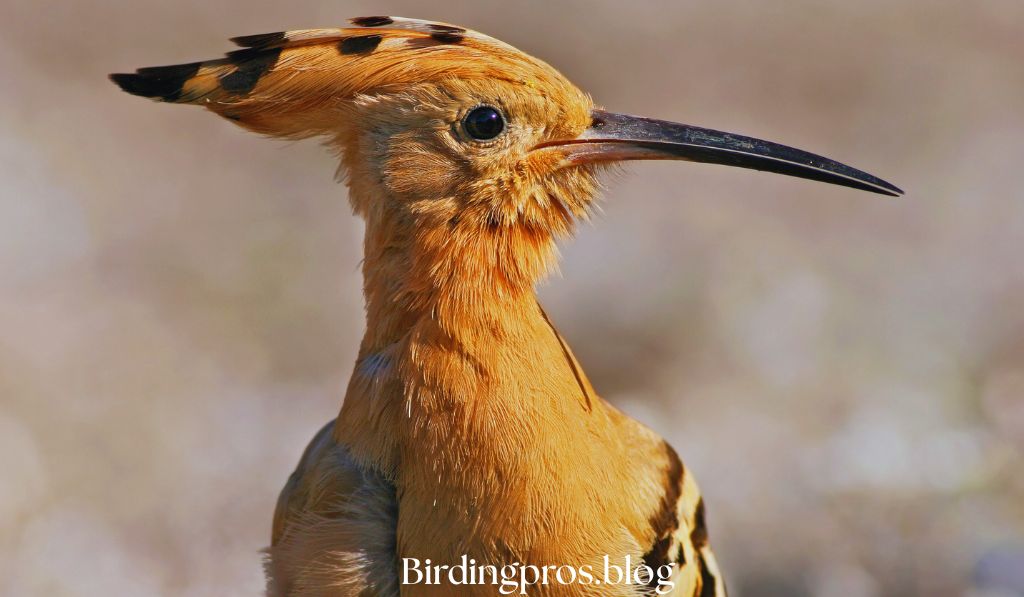
What makes a chook “unusual”? The answer includes complex factors which include population length, range limit, and threats to survival. Understanding these factors helps make clear why conservation efforts are so important.
Defining Rarity: Population Metrics and Classifications
Ornithologists use precise requirements to categorise rare birds. The International Union for Conservation of Nature (IUCN) continues a Red List that categorizes species in line with their extinction hazard.
Classifications variety from “Near Threatened” to “Critically Endangered” and ultimately “Extinct inside the Wild.”
Population numbers tell a crucial part of the story – a few stunning rare birds, just like the Philippine Eagle, have fewer than 400 breeding pairs. Others, like the Spix’s Macaw, were declared extinct in the wild before current reintroduction efforts.
Geographic Isolation and Endemic Species
Many rare birds developed in isolation on islands or in a long way off habitats, fundamental to specialised diversifications.
These endemic species – located nowhere else on Earth – face specific vulnerability while their restrained habitats are threatened.
The Kākāpō, as an example, advanced without mammalian predators in New Zealand, growing flightlessness and floor-nesting behaviors that left it defenseless against delivered predators. Geographic isolation has created some of the maximum particular entries on any listing of rare birds.
Historical Abundance vs. Current Status
Some of state-of-the-art rarest birds were once numerous. The Passenger Pigeon, now extinct, as quickly as darkened North American skies in flocks of billions.
Understanding the ones ancient shifts enables contextualizing conservation urgency. Many species featured in rare birds films and documentaries have experienced precipitous declines inside dwelling reminiscence.
The California Condor, which once soared throughout masses of North America, decreased to simply 27 human beings before huge conservation efforts started out.
Jewels of the Sky: Profiles of the World’s Rarest Avian Treasures
Let’s have a look at a number of the most amazing uncommon birds that still grace our planet with their presence, however tenuous.
The Kakapo: Night Parrot of New Zealand
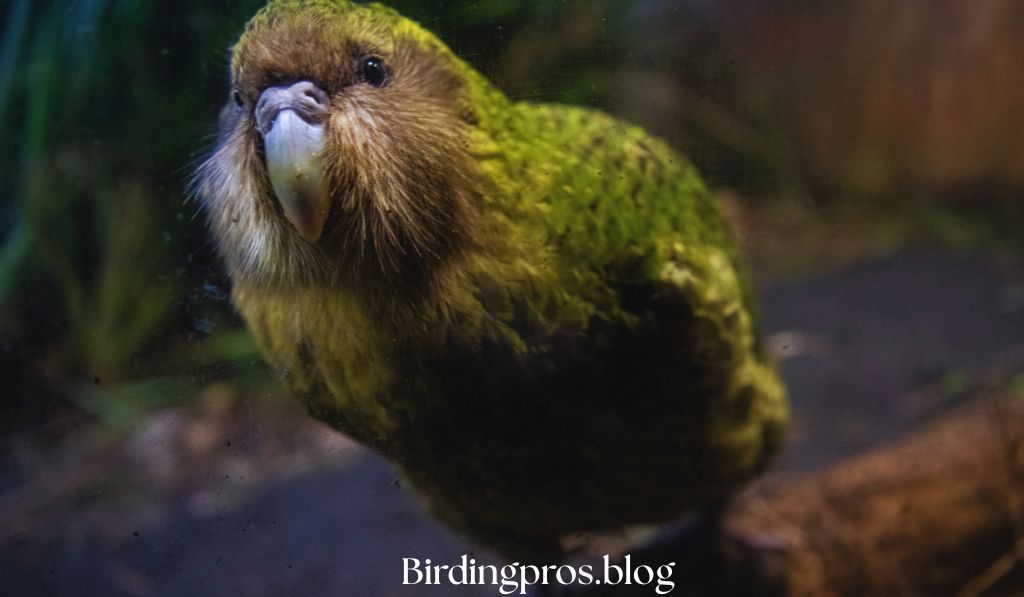
The Kakapo stands as one of the world’s most rare beautiful rare birds. This flightless, nocturnal parrot has a unique owl-like face and weighs up to four kg, making it the heaviest parrot species.
With fewer than 250 humans remaining, every bird has a call and is closely monitored with the aid of conservation teams.
Their sluggish reproductive price – breeding most effective each 2-four years – compounds recovery challenges. Yet this charismatic hen’s character and precise skills have made it a conservation icon.
Spix’s Macaw: The Real-Life Inspiration for a Rare Birds Movie
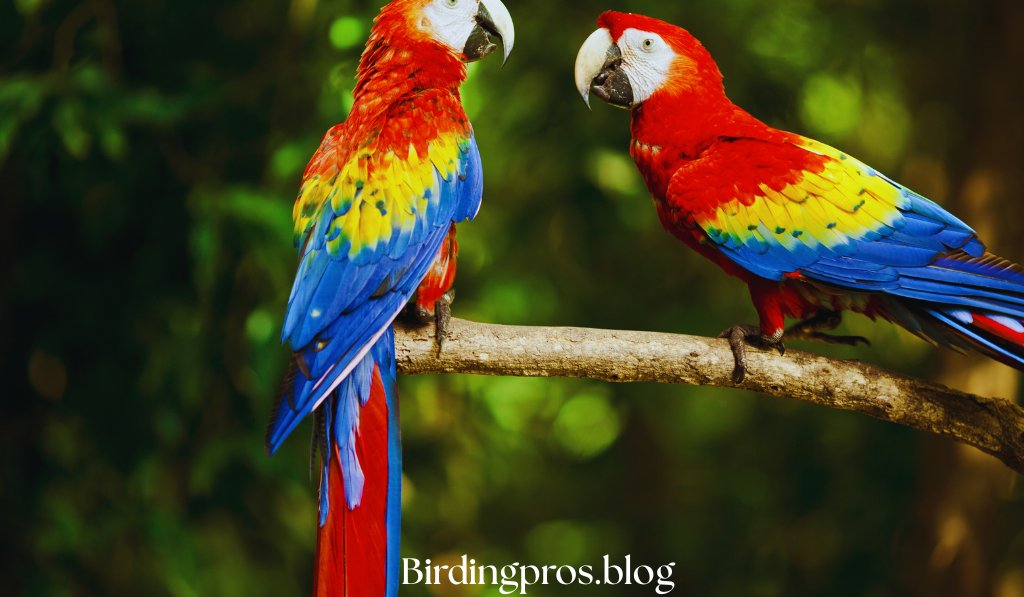
The setting of Blue Spix’s Macaw won worldwide repute via the lively movie “Rio,” but its real-life tale is even greater compelling.
Declared extinct inside the wild in 2019 after a long term of habitat destruction and illegal trapping, this lovely rare hen is now the point of interest of an ambitious reintroduction application.
In 2022, a small extensive range will be released in Brazil’s Caatinga vicinity. Watching those birds return to their nearby habitat represents honesty, certainly one of conservation’s most hopeful memories.
Philippine Eagle: Majestic Forest Guardian
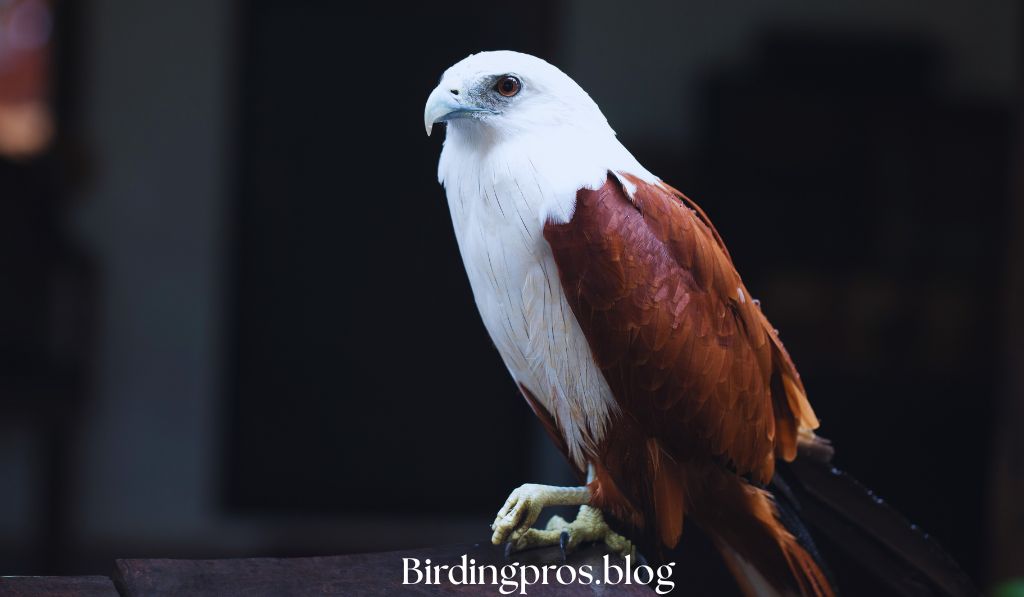
Among the most notable entries on any list of uncommon birds, the Philippine Eagle boasts a one-meter wingspan and first rate crest that resembles a lion’s mane.
Endemic to the Philippines, fewer than four hundred breeding pairs stay in the wild.
This apex predator calls for widespread territories of pristine forest, making habitat fragmentation mainly threatening.
Conservation applications paintings with nearby organizations to shield final forest regions whilst elevating recognition approximately this countrywide image.
California Condor: A Conservation Success Story

North America’s largest bird, with a wingspan of almost 10 ft, the California Condor represents both the perils going via rare birds and the ability for restoration.
Reduced to 27 individuals inside the Eighties due to lead poisoning, habitat loss, and poaching, extensive captive breeding packages have multiplied their numbers to over 500.
Though still severely endangered, their slow pass back to California and Arizona skies demonstrates how determined conservation can oppose the decline of even the most endangered species.
Kirtland’s Warbler: Small Bird, Big Recovery
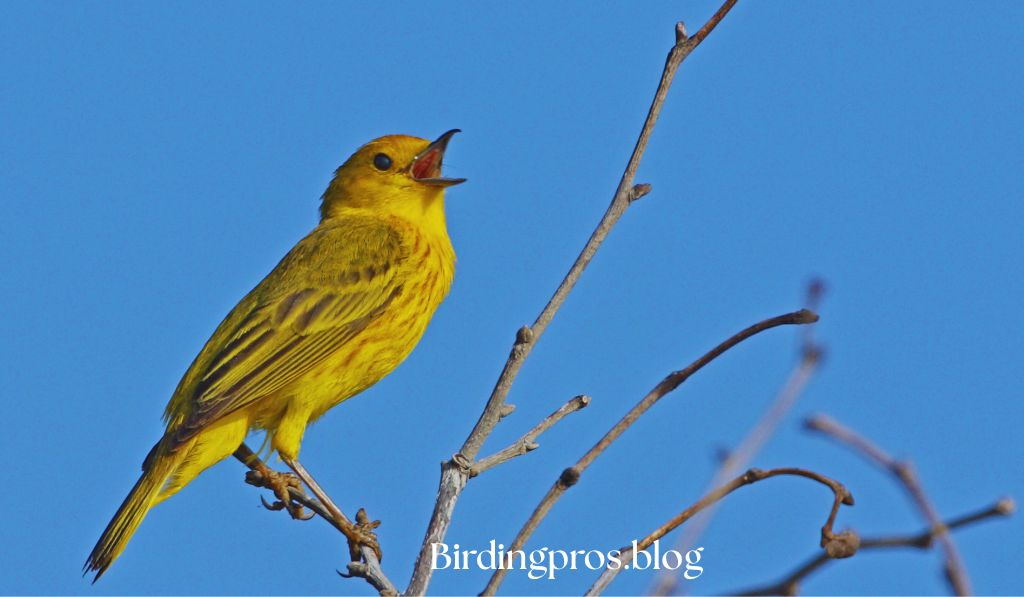
This small, yellow-breasted songbird lives especially in younger jack pine forests in Michigan. Once on the point of extinction with just 167 making a single adult male counted in 1974, specialised habitat management has helped the populace recover to over 2,000 pairs.
Their unique nesting requirements – young jack pines of a selected age – display how habitat specialization can power rarity. Their recovery represents a model for different rare birds with specialized habitat wishes.
Madagascar Pochard: The World’s Rarest Duck
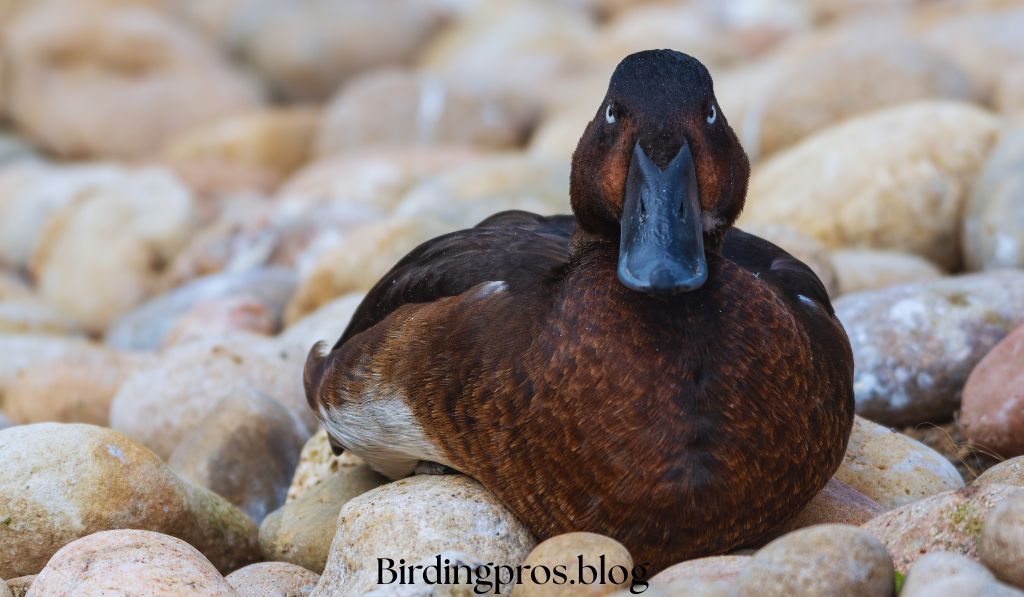
Though extinct till rediscovered in 2006, the Madagascar Pochard exemplifies how lovely rare birds can persist in the direction of superb odds.
A small population of simply 25 birds changed into found on a far flung lake in Madagascar. Through cautious conservation, which include captive breeding and habitat restoration, their numbers have slowly expanded.
Their tale highlights how even the maximum seriously endangered species can get better with right intervention.
The Quest for Sightings: Finding and Appreciating Rare Avian Species
The pursuit of unusual chicken sightings combines adventure, technological know-how, endurance, and sometimes fulfillment.
For professional ornithologists and amateur birdwatchers, locating the ones elusive creatures affords unique demanding situations and rewards.
The Art and Science of Birdwatching
Birdwatching has evolved into an advanced mixture of amusement hobby and citizen technological information. Modern birders use specialised machines, cellular apps, and on-line databases to song and grow to be privy to species.
For the ones looking for lovable unusual birds, education entails analyzing habitat possibilities, migration patterns, and distinct discipline marks.
The pursuit of rare birds requires developing particular abilities – from figuring out calls to knowledge of seasonal behaviors. Organizations similar to the Cornell Lab of Ornithology have harnessed this collective enthusiasm via packages like eBird, which tracks sightings globally.
Technology’s Role in Rare Bird Conservation
Advanced technologies have revolutionized birdwatching and conservation efforts. Satellite tracking devices weighing absolutely grams can show migratory forms of endangered species.
Environmental DNA trying out can hit upon the presence of rare birds in water. Camera traps seize pictures of elusive species without human disturbance.
These technologies offer important facts for conservation planning at the same time as providing unprecedented insights into the secret lives of unusual birds featured in documentaries and rare birds movies.
Ethical Considerations in Pursuit of Rare Species
The exhilaration of probably recognizing birds at the listing of rare birds has to be balanced with moral concerns. Birdwatching tourism, whilst poorly controlled, can disturb nesting internet sites or adjust conduct styles.
Responsible birding corporations promote codes of conduct emphasizing minimum disturbance. Conservation photographers use lengthy lenses and blinds to report adorable rare birds without interference.
As hobby in rare fowl sightings grows, those moral frameworks turn out to be an increasing number of critical.
Threats to Survival: Why Rare Birds Face Extinction
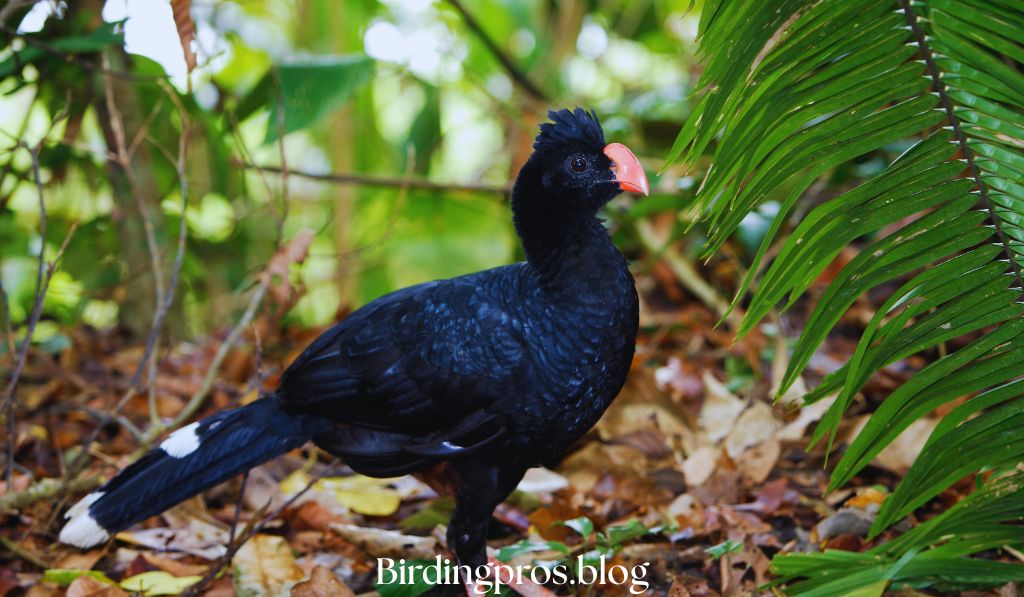
Understanding the annoying conditions uncommon birds face helps body the urgency of conservation efforts and informs effective answers.
Habitat Destruction and Fragmentation
The single finest hazard to most unusual birds is habitat loss. As forests are cleared, wetlands tired, and grasslands converted to agriculture, specialised species lose the environments they evolved to inhabit.
The Rare Birds film industry has once in a while highlighted the ones problems thru documentaries showcasing the dramatic transformation of landscapes.
Many lovely unusual birds require unique habitat conditions that, as soon as destroyed, cannot be without problems recreated.
Forest fragmentation creates extra issues with the useful resource of setting apart populations and decreasing genetic variety.
Climate Change Impacts on Vulnerable Species
As worldwide temperatures upward push and weather styles shift, uncommon birds face new challenges.
Migratory species discover traditional stopover internet sites altered or disappearing. Breeding seasons can also no longer synchronize with peak meals availability. Rising sea ranges threaten coastal nesting grounds.
Some unusual birds’ names may moreover quickly be determined via “extinct” as their specialized versions display inadequate for instant environmental adjustments.
Species already limited to mountain peaks or small islands face precise vulnerability as appropriate habitat genuinely disappears.
Invasive Species and Introduced Predators
Many rare birds are superior in isolation without natural defenses closer to predators.
When human beings introduce rats, cats, snakes, or different predators to these environments, native birds frequently cannot adapt rapidly enough.
The Kakapo’s decline exemplifies this danger – the ones flightless birds had no protection towards delivered stoats and cats.
Similarly, invasive vegetation can rework habitats, doing away with meals assets or nesting sites crucial to rare birds.
Wildlife Trade and Illegal Collection
The awesome pet exchange keeps threatening fine lovely rare birds, specifically parrots and songbirds.
The stunning plumage and rare birds’ names on collector lists pressure a black marketplace that could devastate wild populations.
Species featured in famous ways of life, together with some highlighted in uncommon birds films, frequently see increased call for.
International agreements like SITES (Convention on International Trade in Endangered Species) try to combat this exchange, however enforcement stays difficult in a ways off regions.
Conservation Heroes: Efforts to Save Earth’s Rarest Birds

Against those bold challenges, committed individuals and groups artwork tirelessly to protect the sector’s rarest avian species.
Captive Breeding Programs and Reintroductions
For the most seriously endangered species, captive breeding represents a very last line of safety towards extinction.
The California Condor, Guam Kingfisher, and numerous different birds at the list of rare birds exist these days because of a hit breeding program.
These efforts require sophisticated genetic control to preserve range. Reintroduction packages face additional demanding situations – released birds need to evolve to wild conditions and install self-preserving populations.
These tales of desire encourage uncommon birds films and documentaries that focus on conservation successes.
Habitat Protection and Restoration Initiatives
Preserving and restoring crucial habitats forms the cornerstone of lengthy-time period conservation.
Organizations like BirdLife International select out Important Bird Areas (IBAs) – critical habitats for uncommon birds – and paintings with governments to set up covered popularity. Community-based totally completely conservation tasks have interaction with nearby populations in stewardship of their herbal resources.
Habitat recuperation projects recreate situations wished through specialised species, from controlled burns that regenerate jack pine forests for Kirtland’s Warblers to wetland restoration for marsh-living birds.
International Cooperation and Policy Frameworks
Because many lovable uncommon birds migrate throughout borders or inhabit regions spanning more than one country, international cooperation proves crucial.
The Convention on Migratory Species and comparable agreements provide frameworks for coordinated conservation efforts. Funding mechanisms channel sources from wealthy countries to biodiversity hotspots.
These cooperative procedures apprehend that uncommon birds constitute a global historic past transcending political obstacles.
Innovative Approaches and Success Stories
Conservation innovations keep emerging in response to complex traumatic situations. Acoustic monitoring allows scientists to come across secretive uncommon birds by using the manner of their calls.
Artificial nest systems have helped recover Osprey populations. Community-based ecotourism creates economic incentives for protective species just like the resplendent Quetzal.
These success memories show off that even the most endangered birds can get better while given appropriate sufficient safety and scientific manipulation.
Witnessing Wonders: Where to Ethically See Rare Birds
For the ones inspired to witness those avian treasures firsthand, opportunities exist for responsible viewing that helps conservation efforts.
Conservation-Focused Ecotourism Destinations
Well-managed ecotourism can generate vital funding for conservation while imparting unforgettable studies.
Countries like Costa Rica have evolved state-of-the-art infrastructures allowing site visitors to doubtlessly see uncommon birds much like the Resplendent Quetzal or Scarlet Macaw.
New Zealand offers guided possibilities to find out about Kakapo conservation. These packages normally limit tourist numbers and study strict protocols to limit disturbance.
Notable Reserves and Protected Areas
Specialized reserves shield important habitats for lots of lovely rare birds. Brazil’s Atlantic Forest reserves secure haven rare hummingbirds located nowhere else.
The Philippine Eagle Center combines conservation breeding with limited viewing possibilities. Madagascar’s included areas harbor several endemic species featured in uncommon birds movies and documentaries.
These reserves regularly represent the last strongholds for seriously endangered species.
Responsible Viewing Practices and Etiquette
Ethical viewing starts off evolving with proper guidance and mindset. Follow targeted trails, preserve suitable distances, and in no way use playback of fowl calls in touchy areas.
Joining guided excursions led thru informed locals supports community-based conservation even as increasing chances of spotting elusive species.
Remember that conservation usually takes priority over pictures or including species to personal lists.
The Future of Rarity: Prospects for the World’s Rarest Birds
What does the future maintain for these incredible creatures? The solution is based in large part on human picks and commitments within the coming a few years.
Conservation Technologies on the Horizon
Emerging technology offers a new wish for rare hen conservation. Advances in genomic science have to assist restore genetic variety in small populations.
Drone tracking affords non-invasive surveillance of ways off nesting websites. Artificial intelligence facilitates machine big amounts of issue facts to come across population trends.
These upgrades increase the conservation toolkit whilst providing new insights into the lives of birds on the list of unusual birds.
Climate Adaptation Strategies
As weather change hurries up, conservation strategies require an increasing number of attention on resilience and version.
Creating habitat corridors lets in species to shift ranges as situations trade. Assisted migration – arguably but an increasing number of noted – must help shop populations not capable of relocating certainly.
“Climate-clever” reserve planning anticipates destiny conditions in desire to virtually preserve modern-day habitats.
Educational Outreach and Public Engagement
Ultimately, the fate of rare birds is based upon human interest and dedication. Educational packages introduce younger humans to the wonders of avian variety.
Citizen technological know-how projects have interaction with the public in monitoring efforts.
Social media and uncommon birds films unfold awareness of conservation demanding situations and successes.
Building this constituency for conservation represents one of the most crucial prolonged-time period techniques for protecting Earth’s rarest birds.
Conclusion: The Precious Gift of Rare Birds
As we look in the direction of the future, the future of uncommon birds stays uncertain but not without hope.
These awesome creatures – from the mysterious nocturnal Kakapo to the majestic Philippine Eagle – represent every nature’s splendid creativity and its vulnerability.
The list of rare birds now serves not actually as a catalog of species at random, but as a call to movement for all who feel Earth’s biodiversity.
Beautiful rare birds offer us a precious gift: the opportunity to witness evolution’s masterpieces and to participate in making sure their survival.
Through conservation motion, accountable appreciation, and sharing information about those species, we’re capable of helping create a destiny in which rare birds’ names continue to be on lifestyles lists in preference to extinction data.
The testimonies told in unusual birds films and documentaries no longer lead to tragedy – with sufficient dedication, they might as an alternative chronicle tremendous recoveries.
As we glide similarly into 2025 and beyond, let us undergo in mind that every unusual chicken represents hundreds and lots of years of evolutionary records and versions.
Their endured life enriches our international immeasurably, connecting us to the wild coronary heart of our planet and reminding us of the fantastic diversity that makes Earth particularly inside the known universe.
In shielding one’s avian treasures, we ultimately shield a few precious within ourselves – our capacity for surprise, reverence, and care for existence past our very personal.
References:
- https://www.smithsonianmag.com/science-nature/the-worlds-5-most-mysterious-bird-species-43278788/
- https://www.nps.gov/hale/rare-winged-wonders-birds-of-haleakala.htm
Related posts
1. Rare Bird Sightings in California: Complete Guide 2025
2. Best Birding Lodging in Panama: The Ultimate Guide to Top 10 Destinations
3. The Ultimate Guide to Japanese Freebird Boots for Bird Watching

